No matter who you are, it is important to have an emergency fund, in case of unforeseen events like sudden unemployment, medical needs, home repairs, and many other urgent financial needs that could put a strain on your budget otherwise.
My emergency fund safeguards my other long-term assets in the case of these unpredictable events so that I don’t have to pull from a retirement fund or have to go to the bank for a quick loan.
If you’re like me who want to live a financially healthy life, this article will tell you what an emergency fund or emergency financial reserve is and how to create one. Read on for more details.
- What an Emergency Financial Reserve Is For
- How to Start an Emergency Financial Reserve
- Prioritize 10 Percent or More
- Automate Savings
- Forecast the Slow and High Periods
- Make Your Saving Consistent
- Keep the Emergency Fund Accessible
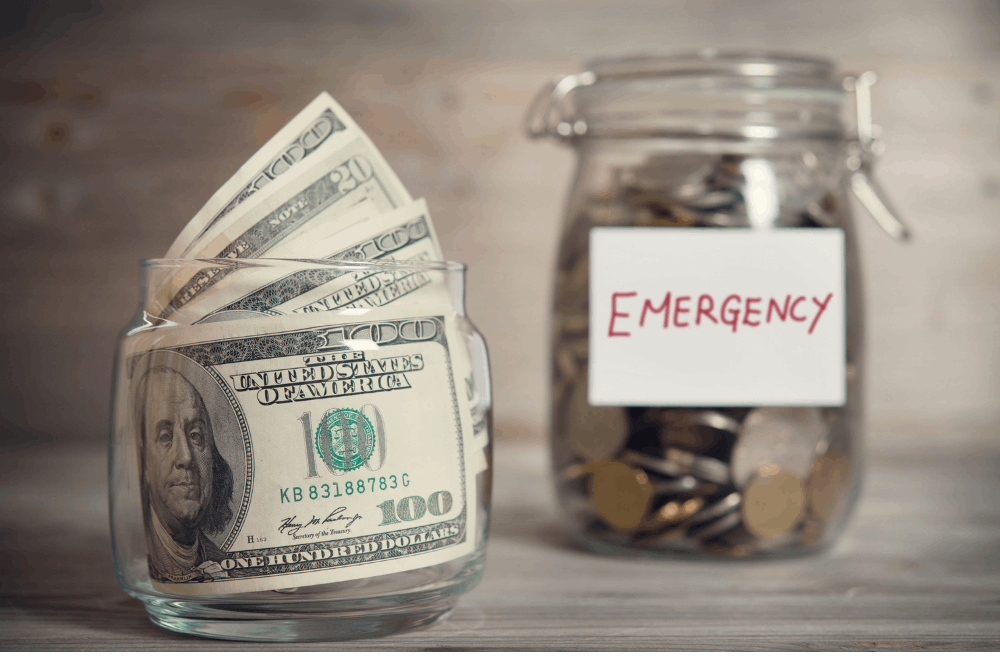
What an Emergency Financial Reserve Is For
An emergency fund is money saved up that I can use in times of economic crisis. It is intended to promote monetary sustainability by providing a financial cushion to cover unexpected expenditures, such as medical bills or substantial home maintenance.

Cash and other high liquidity ratios are common assets in emergency savings. It eliminates the need to use higher interest choices like credit cards or personal loans, or jeopardize my financial situation by raiding retirement assets.
When I set money aside to be utilized in a financially urgent situation, I create an emergency fund. It may include losing my work, suffering a terrible sickness, or needing to make big repairs to my property or other valuables.
The optimal emergency reserve amount is determined by various criteria, including my financial status, expenditure, lifestyle, and obligations. Many financial gurus advise accumulating enough money to cover three to five months’ worth of expenditures, which would allow me to endure a minor medical expenditure or a brief period of unemployment.
How to Start an Emergency Financial Reserve
Starting a rainy day fund might be difficult, but believe me when I say it’s worth it! In my case, I began by creating a budget and determining where I might begin saving money. It’s critical for me to understand where my cash goes so I can identify savings possibilities.
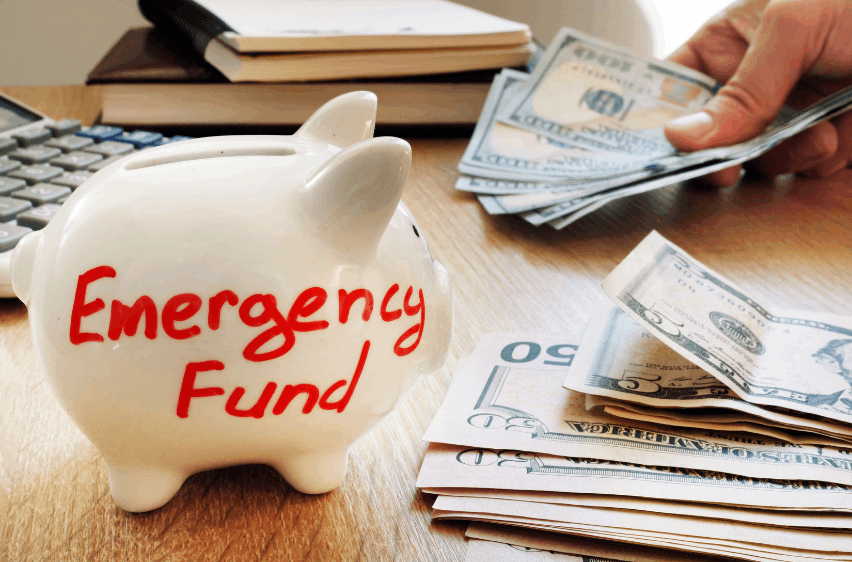
I wouldn’t be able to boost my revenue or discover strategies to cut or manage my expenditures if I didn’t budget. I also have a planning app on my phone. These applications will compute my expenditure and income for me, providing me with a comprehensive picture of my financial condition.
Over time, I raise the quantity I contribute to my rainy day fund by 1% or a certain cash amount over time. A minor increase in money missing from my bank account can go unnoticed. I do this on a regular basis until I’ve met my savings target.
Prioritize 10 Percent or More
Prioritizing at least 10% to 30% of my annual revenue savings is one of my first steps in building an emergency financial reserve. I suggest making sure that if you’re starting an emergency fund, you have enough cash available.
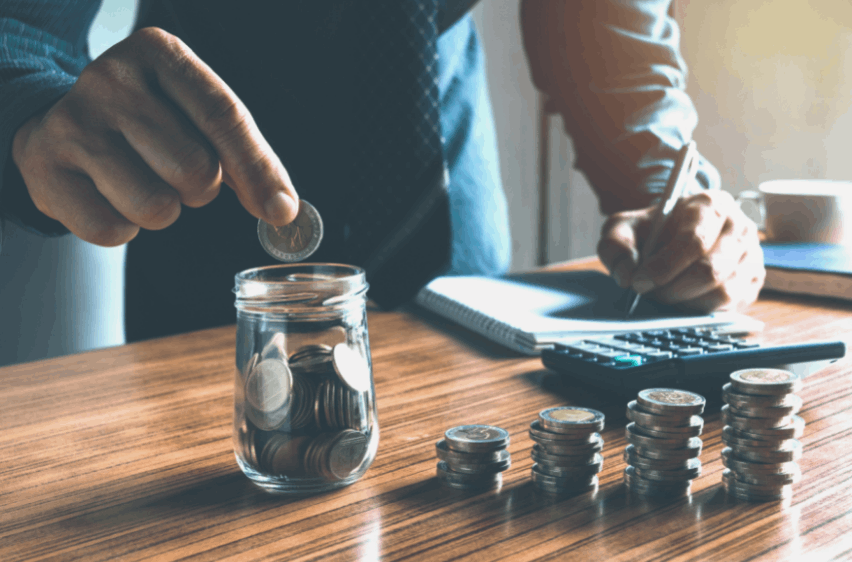
It’s a good idea to put aside 10% to 30% of your yearly income into savings, which translates to three to six months’ worth of costs in event of an emergency.
Personally, this step has helped me make wise judgments rather than the rash ones that are common in times of economic turmoil.
How to Do It
In my opinion, you should place money into a savings account as soon as you have enough. Ones that offer a higher interest rate is ideal as it will bring you more money in the long run. Personally, I believe that because this emergency fund is 10% to 30% of my annual income, it should be easily accessible to reach in the event that I need it.
If I’m a one-income household or single it is best to have one year’s worth of expenses in an emergency fund. After I get out of debt, I’ll be able to build up a larger emergency fund.
Keep in mind that emergency reserves provide a financial cushion that allows me to stay afloat in a pinch without relying on bank cards or greater debts.
Automate Savings
For me, one of the most effective ways to build an emergency fund is to automate my savings. Setting up an automatic savings plan is a great idea, considering the amount of cash reserve I need.
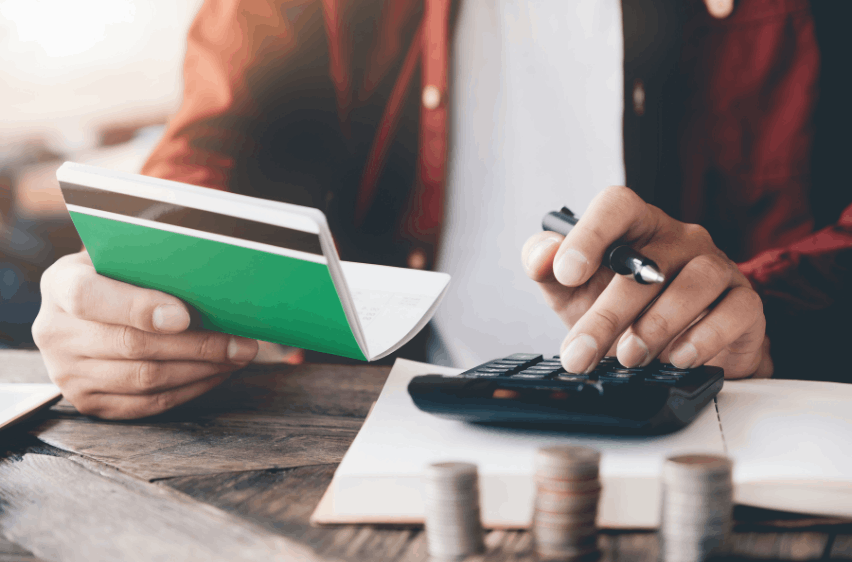
In my case, it is usually a few months’ worth of costs, and I can have the bank automatically move a certain amount of money into a different account each week. It can be done until I reach my goal, or indefinitely to build an even greater buffer.
Automated savings helps me avoid some unnecessary purchases by automatically withdrawing funds from my checking account, reducing the amount of money available for me to spend on frivolous purchases.
How to Do It
It’s easy to set up an automated savings plan. All I do is set up a regular deposit from my bank account to a connected savings account. The frequency of the deposit is mostly determined by how frequently I am paid and my own choices.
I always set an automated deposit from my checking account to the savings account the day after my payday, whether I’m paid biweekly or monthly. This way I’ll have ample time to clean and budget my salary. Establishing automated savings account transfers eliminates the need to think about it.
In other words, money is deposited even before I have a chance to ponder about costs or how much money remains. Keep in mind that with an automated savings plan, time isn’t always the most significant factor. It was always about the consistency of it.
Forecast the Slow and High Periods
In the majority of cases, there is a substantial correlation between monthly income and seasonality. For example, if I rely on weekly revenue and there is one fewer weekend available in a normal season due to the way the days fall, my revenue and profitability may suffer dramatically.
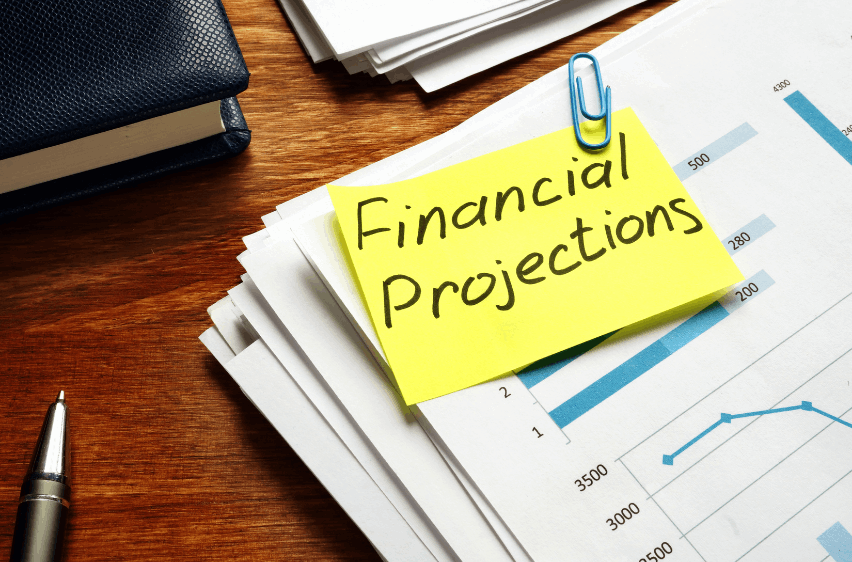
It’s crucial to prepare ahead, and having a rainy day fund in place helped me stay calm through the storm. Each individual has their unique set of problems and requirements.
Knowing what may go wrong in the worst-case scenario helped me calculate how much money I’ll need for a rainy day fund. Preparing for the worst is a good idea, just as it is in personal planning.
How to Do It
In my opinion, carefully developing a financial projection is one of the most important steps in successfully establishing a rainy day fund. The first thing I did to prepare my financial prediction was to acquire my previous income statements.
To predict my income, profitability, and present balances, I needed to look back at my prior financial records. It’s also a good idea to figure out how I’ll create forecasts.
After gathering all of the information, I proceeded to analyze everything and began making a list of how much I would need for savings and other costs.
Make Your Saving Consistent
Maintaining the same level of savings is most likely the key to building a successful emergency fund. In my situation, I will require more than a six-month reserve in the event of an emergency. In these instances, having this extra cash on hand will be quite helpful.

If I’m unemployed for more than a year or hospitalized for several months, I’ll be glad I had more in my emergency fund. Having become conditioned to saving a portion of my money for my emergency fund at this time has helped me achieve my goal.
And just because I’ve reached my target doesn’t imply I should stop putting money aside. There’s no such thing as having too much money set aside for a crisis, so keep saving as much as you can.
How to Do It
Keeping all the steps from the very beginning of planning an emergency fund is the only way to maintain saving cash. Personally, I find it one of the easiest ways since all I have to do is to maintain the consistent habit of putting money aside.
However, maintaining the same amount of savings can also be challenging. In my case, as my cost of living gradually rises, I have to discipline myself and cut down unnecessary spending. It’s always a matter of self-discipline.
Keep the Emergency Fund Accessible
An emergency fund should be held in an account that is easily accessible. It may be a conventional bank account with a local bank that pays a profit on my contribution and allows me to withdraw funds at any time without incurring fees. It is vital to know where to keep an emergency fund.

If you’re like me and are investigating other options like a bank account, unit trust, or mutual fund, be sure to analyze how quickly the money will be accessible in certain circumstances.
How to Do It
Personally, I believe it is vital to ensure that you can access your cash immediately, conveniently, and without incurring a withdrawal penalty when contemplating liquid investing choices.
Since stocks are volatile, most money managers do not advocate putting emergency money in the stock market, based on how I faced this circumstance. It would be a shame to have to sell an asset at a loss in accessing your emergency savings.
As a result, I keep my money in a checking or cash market account with check-writing or debit capabilities.
The Bottom Line
Draw a boundary between catastrophes and anything else by having an emergency fund. It’s a good idea to start a separate emergency fund for unexpected but necessary expenses like auto maintenance, vacations, and apparel.
Individual experiences may affect savings. If I’m living paycheck to paycheck, for example, I may start with much more realistic objectives like saving 2% of my net earnings into a reserve fund and progressing my contribution rate every month.
